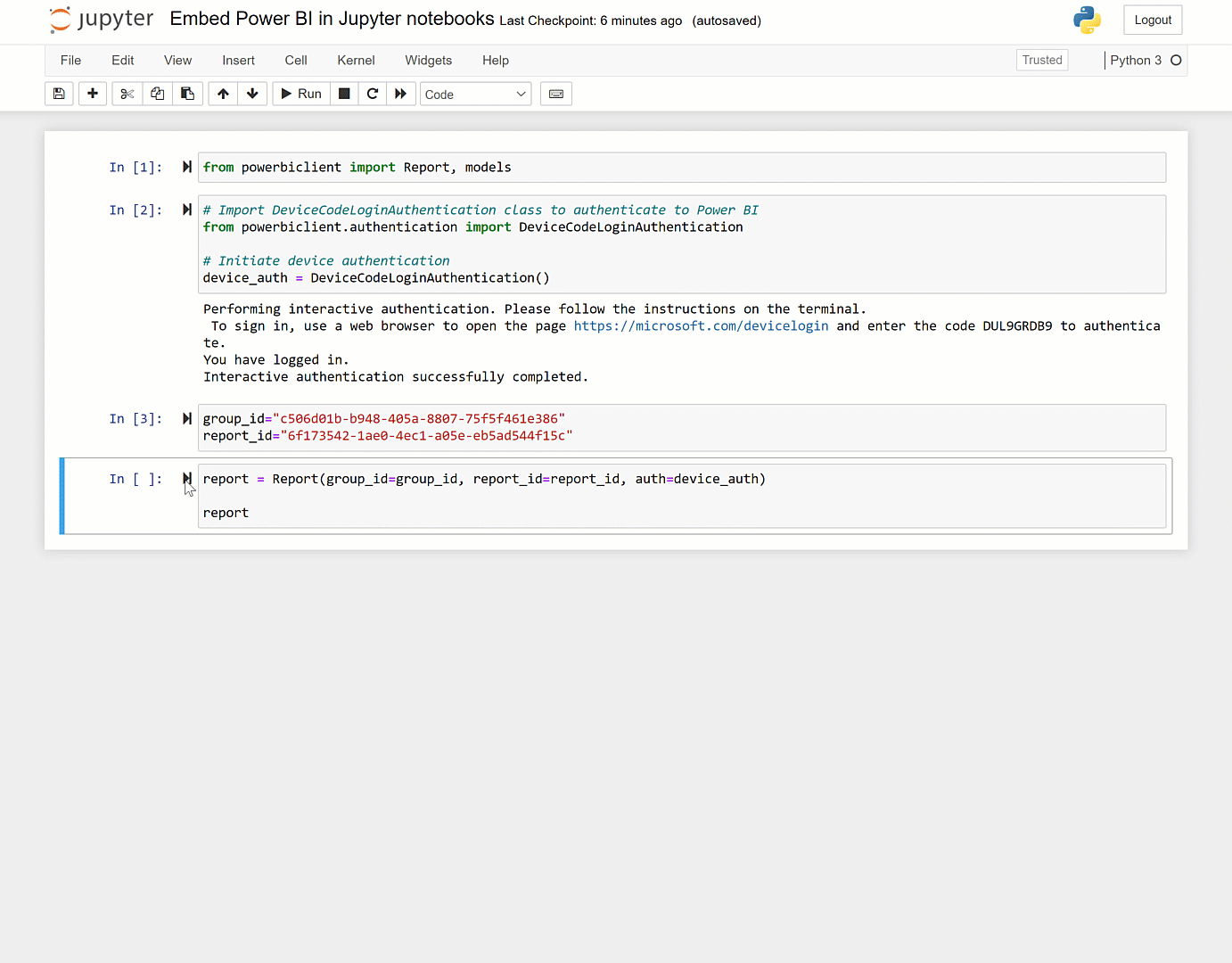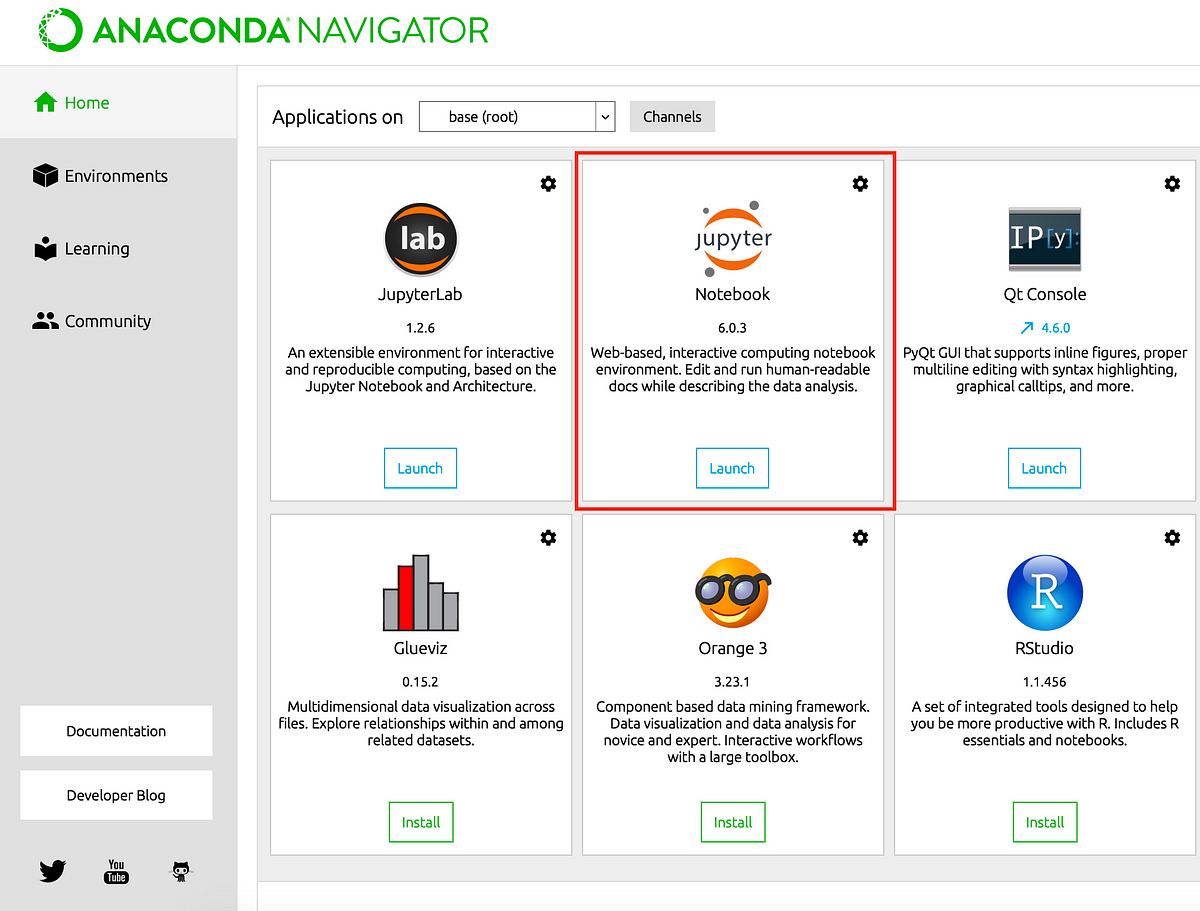

When using SSL, always access the notebook server with ‘ You may now access the public server by pointing your browser to To overlook this detail and think the server is for some reason Message from the server prints a reminder in the console, but it is easy Notebook server over not over plain The startup Keep in mind that when you enable SSL support, you must access the If you don’t already have config file for the notebook, create one
#R JUPYTER NOTEBOOK ONLINE PASSWORD#
Use Preparing a hashed password to create one. Running a public notebook server will be similar when using a Let’s EncryptĬertificate with a few configuration changes. Public server using a Let’s Encrypt certificate.
#R JUPYTER NOTEBOOK ONLINE FREE#
Let’s Encrypt provides free SSL/TLS certificates. You can then start the notebook using the jupyter notebook command. open_browser = False # It is a good idea to set a known, fixed port for server access c. keyfile = u '/absolute/path/to/your/certificate/mykey.key' # Set ip to '*' to bind on all interfaces (ips) for the public server c. certfile = u '/absolute/path/to/your/certificate/mycert.pem' c. # Set options for certfile, ip, password, and toggle off # browser auto-opening c. Start by creating a certificate file and a hashed password, as explained inĬonfig file for the notebook using the following command line: Server with a password and SSL/HTTPS as described in When running a public notebook server, you should first secure the You can do so by running a public notebook server. If you want to access your notebook server remotely via a web browser, Alternatively, you may use Let’s Encrypt to acquire a free SSLĬertificate and follow the steps in Using Let’s Encrypt to set up a (but rather involved) to create one, as explained in detail in this If you wish to have a fullyĬompliant self-signed certificate that will not raise warnings, it is possible When starting the notebook server, your browser may warn that your self-signedĬertificate is insecure or unrecognized. $ openssl req -x509 -nodes -days 365 -newkey rsa:2048 -keyout mykey.key -out mycert.pem Prompt you for your password and record the hashed password in your Starting at notebook version 5.0, you can enter and store a password for your Integrations by setting the -NotebookApp.allow_password_change=False The ability to change the password at first login time may be disabled by The login token, otherwise follow the procedure to set a password from the Next time you need to log in you’ll be able to use the new password instead of Your _new_ _password_ enter both and click on Login and setup new password. You will be presented with a form asking for the current _token_, as well as Should give you the opportunity to setup a password from the user interface. Automatic Password setup Īs of notebook 5.3, the first time you log-in using a token, the notebook server This command will create the Jupyter folder if necessary, and create notebookĬonfiguration file, jupyter_notebook_config.py, in this folder. Is your Jupyter folder located in your home directory: Prerequisite: A notebook configuration file Ĭheck to see if you have a notebook configuration file, NotebookApp.password setting in jupyter_notebook_config.py. To set up a password manually you can configure the

As of notebookĥ.0 this can be done automatically. You can protect your notebook server with a simple single password. The public internet, but doing so introduces additional Somewhere that is accessible to your users on a network. To use JupyterHub, you need a Unix server (typically Linux) running If you want a multi-user server, the official solution is JupyterHub. If you allow multiple users toĪccess a notebook server as it is described in this document, theirĬommands may collide, clobber and overwrite each other.

Only be done by someone who wants remote access to their personal machine.Įven so, doing this requires a thorough understanding of the set-ups This documentĭescribes how you can run a public server with a single user.

This is not the multi-user server you are looking for.


 0 kommentar(er)
0 kommentar(er)
